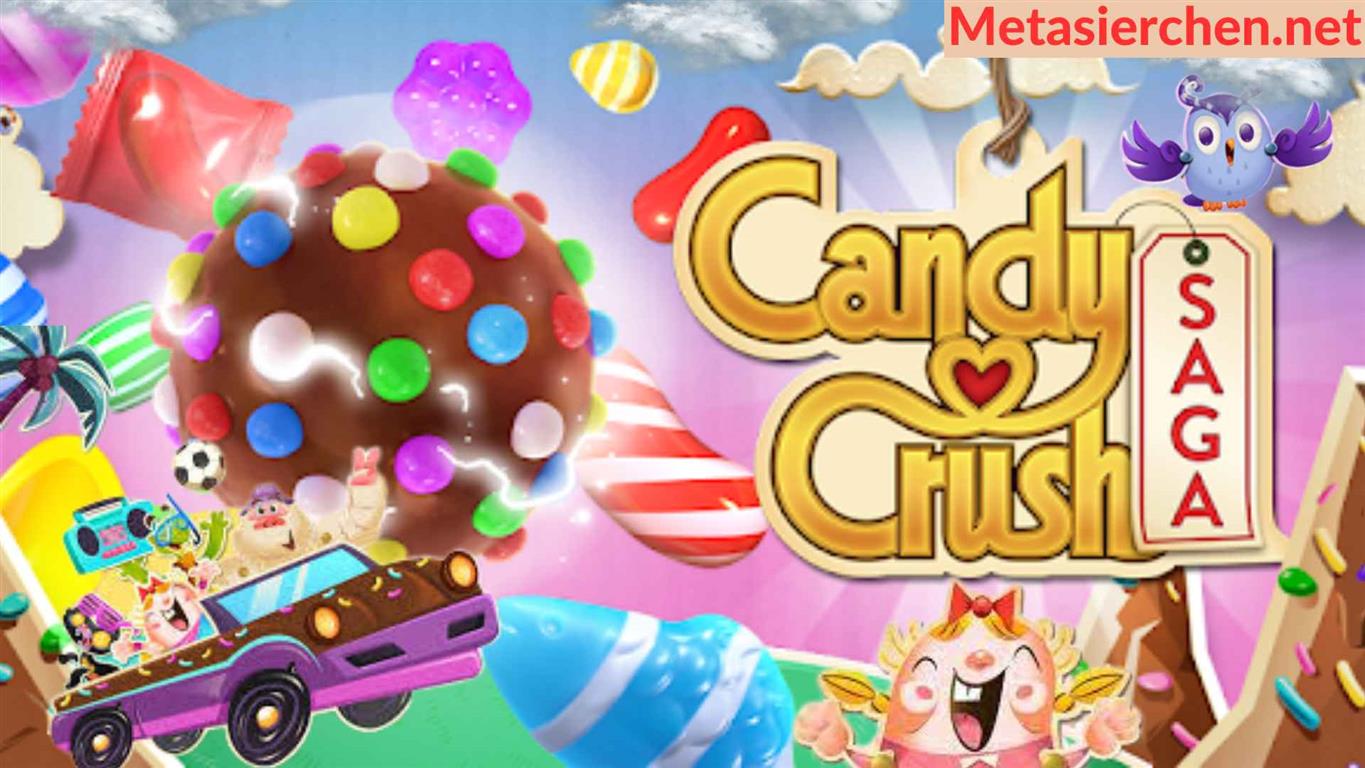In the vibrant realm of mobile gaming, certain titles strike a chord with the masses, transcending geographical boundaries and age demographics. “Candy Crush Saga,” with its colorful visuals and addictive gameplay, is a prime example. This article delves into the world of this delightful game, charting its journey from a simple idea to a cultural phenomenon.
1. Introduction: Candy Crush Saga Start
Developed by King in 2012, Candy Crush Saga introduced players to a candy-filled world, challenging them to match sweets in a line to clear levels. With simple mechanics, the game quickly became a favorite pastime for millions worldwide.
2. The Mechanics: More Than Just a Simple Match
At a glance, Candy Crush Saga may appear straightforward: match three candies to clear them. But as players progress:
- Varied Objectives: From achieving a certain score to clearing jellies or bringing down ingredients, the objectives vary with each level.
- Power-ups and Boosters: Combining more than three candies creates special candies with unique abilities. Additionally, boosters, available before starting a level or achieved during gameplay, can assist players in challenging situations.
- Lives System: Failing a level results in the loss of a life. While these regenerate over time, they can also be gifted between friends.
3. The Social Element: Sweetening the Deal
One key to Candy Crush Saga’s success is its seamless integration with social media platforms, particularly Facebook. Players can:
- Track Progress: See where friends are in the saga and compete for high scores.
- Share Lives and Boosters: A built-in gifting system fosters community spirit and mutual assistance.
4. Monetization: The Free-to-Play Model
While Candy Crush Saga is free to play, its monetization strategies are meticulously crafted:
- In-app Purchases: Players can buy boosters, extra moves, or lives to help them progress.
- Ads: Periodic advertisements offer an alternate revenue stream for the developers.
5. The Cultural Impact
Candy Crush’s influence goes beyond mere gaming:
- Pop Culture: References to the game have appeared in TV shows, music, and more, indicating its widespread popularity.
- Merchandising: From apparel to board games, themed merchandise has found its way into the market.
6. Challenges and Criticisms
No success story is without hurdles. this game has seen its share:
- Over-reliance on Microtransactions: Critics argue that certain levels are exceptionally challenging to encourage in-app purchases.
- Addiction Concerns: The addictive nature of the game has led to concerns about players spending excessive time and money.
7. Spin-offs and Sequels: Continuing the Candy Crush saga Legacy
Recognizing the potential, King introduced sequels like “Candy Crush Soda Saga” and “Candy Crush Jelly Saga.” These games retain core mechanics while introducing fresh challenges and narratives.
8. Lessons from Candy Crush Saga Success
There are key takeaways from the game’s journey:
- Simplicity is Key: The easy-to-grasp mechanics made the game accessible to all age groups.
- Regular Updates: Constant addition of levels and challenges keeps the player base engaged and returning for more.
- Community Building: Leveraging the power of social media not only increased the game’s visibility but also fostered a sense of community among players.
9. Conclusion: A Game that Reshaped Mobile Entertainment
In a world filled with complex RPGs and strategy games, Candy Crush Saga’s success underlines the power of simplicity combined with effective community engagement. As the saga continues, one thing is certain: the allure of matching colorful candies and achieving that satisfying “Sugar Crush” remains as strong as ever, making Candy Crush Saga an enduring icon in mobile games history.



